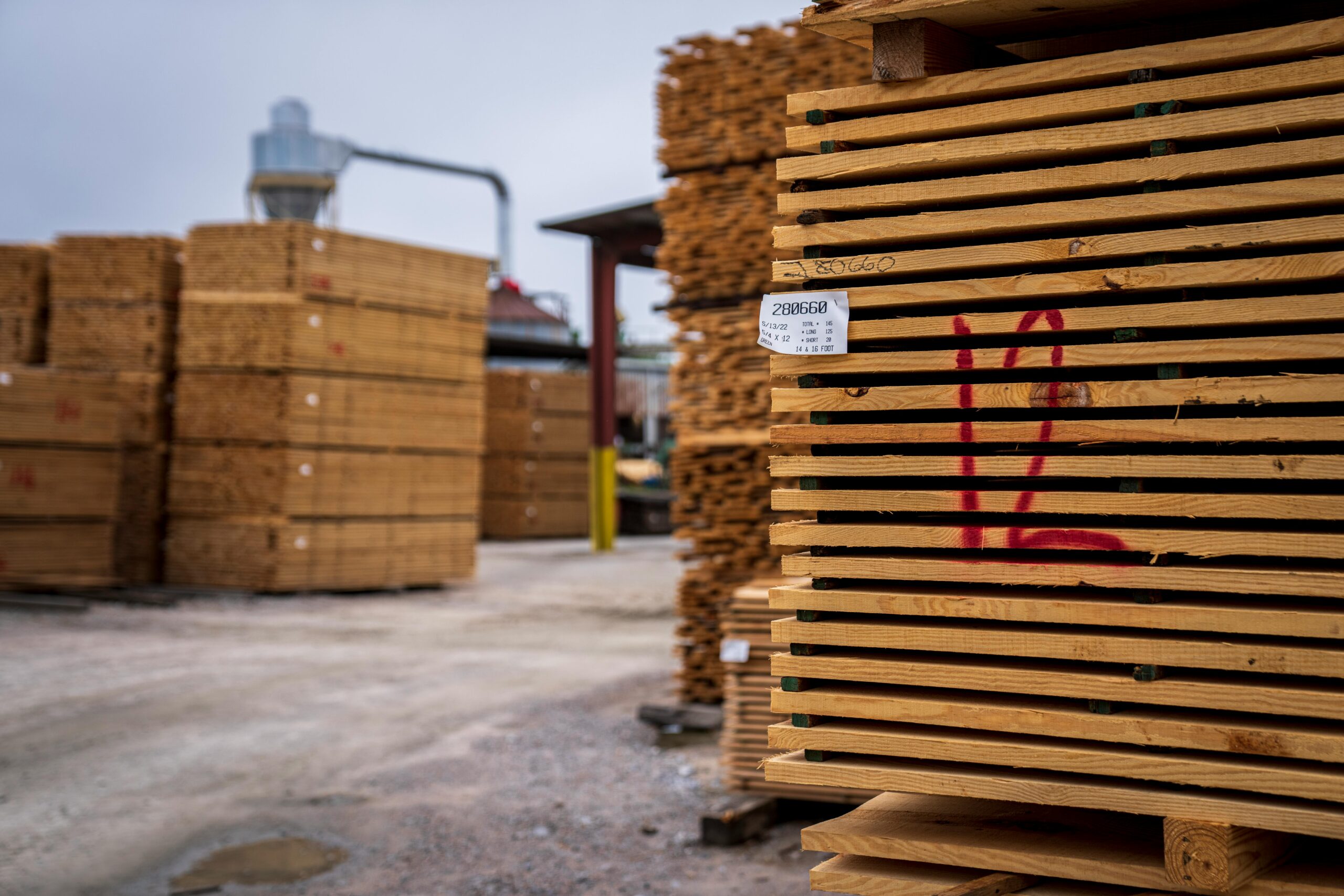Buse Mill restarts sawmill in Everett, Washington
On March 11, 2025, Buse Mill Company announced that it would restart its sawmill in Everett, Washington. The restart marks a fresh start for the company since it changed its name from Buse Timber & Sales in 2024.Elk Creek Forest Productshas been appointed as the exclusive sales agent for Buse Mill Company for the sale of its timber products.
“We are pleased to be working with Buse to support their restart of production,” said Brett Slaughter, President of Elk Creek Forest Products.
Buse Mill has been known for producing high-quality lumber products since its founding in 1946. The mill plans to resume production in early April or earlier, with main products including FOHC lumber, transmission crossarms, industrial clear lumber and structural lumber, and is expected to produce 2.5 million to 3 million board feet per month.
Elk Creek Forest Products will handle all sales and distribution efforts, enabling Buse Mill to rebuild and expand customer relationships while meeting the growing demand for lumber.
LumberFlow Expert Interpretation
The restart of Buse Mill is of great significance to Chinese timber importers. As an important sawmill on the west coast of the United States, Buse's resumption of production will directly increase the supply of timber exported to China, especially products such as FOHC timber and structural timber. It is expected that in the coming months, Chinese importers will have the opportunity to obtain more stable supply and may alleviate the recent price fluctuations caused by tight supply chains.
In addition, as the exclusive sales agent, Elk Creek Forest Products may optimize the logistics arrangements for exports to China and shorten the delivery cycle. Chinese importers should pay close attention to the release of Buse's production capacity and adjust their procurement strategies in a timely manner to seize market opportunities.





